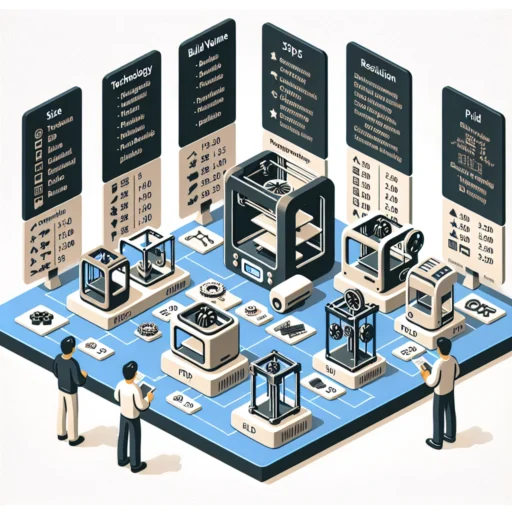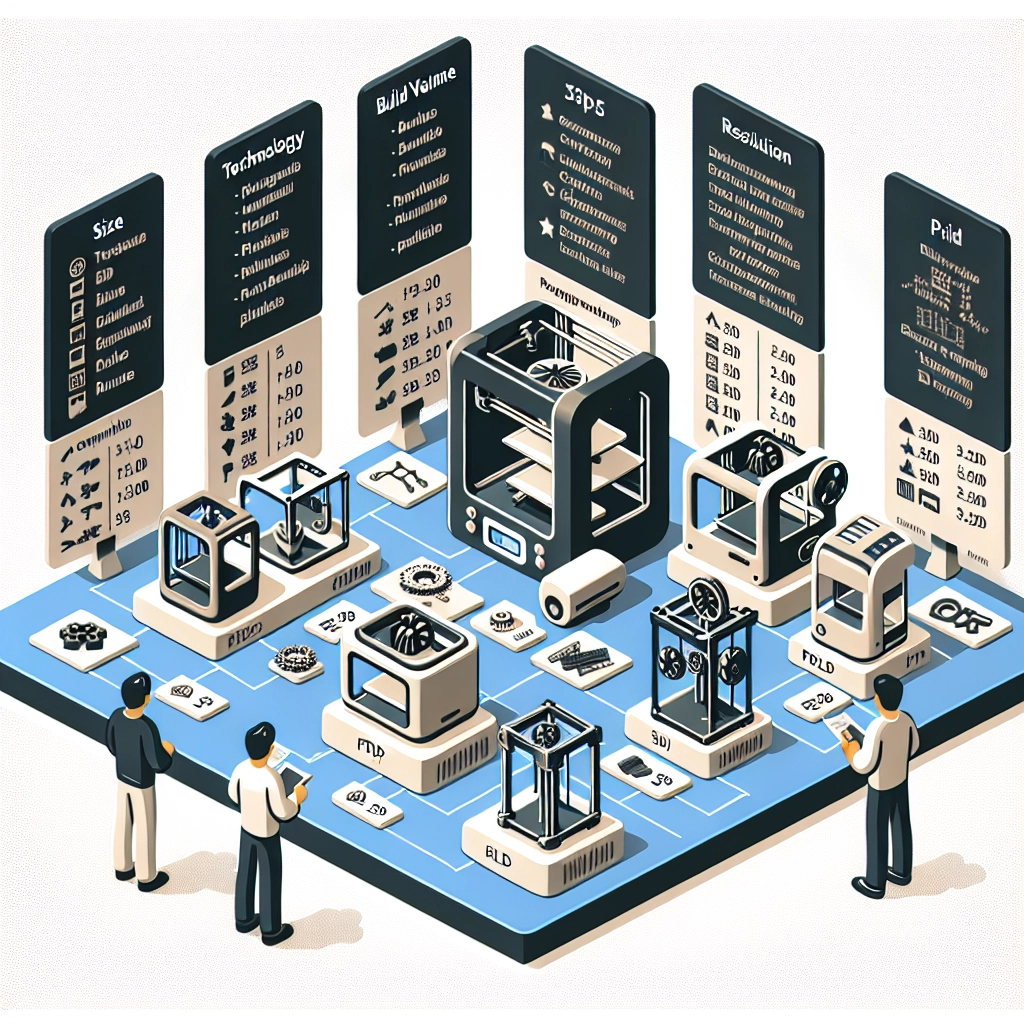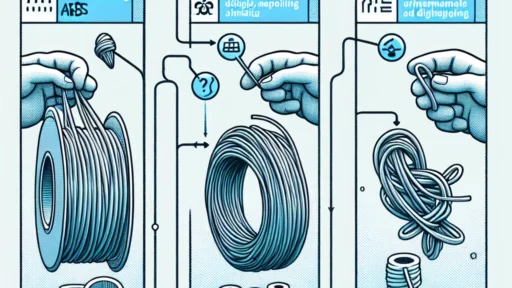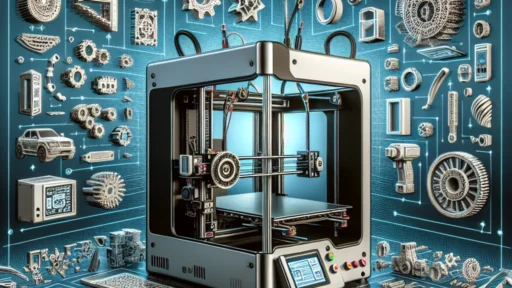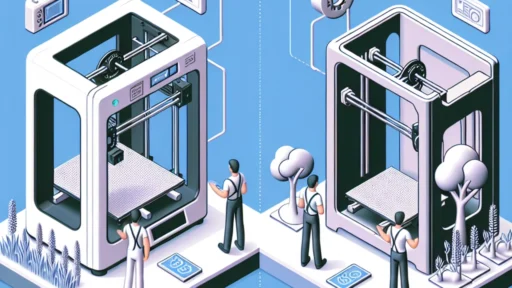How to Choose the Right 3D Printer for Your Needs
3D printing has transformed from a niche hobby to a powerful tool for creatives, engineers, educators, and entrepreneurs alike. While diving into the world of 3D printing can seem overwhelming, especially with all the options available, choosing the right 3D printer for your needs doesn’t have to be a headache. Let’s break it down!
Know Your Purpose
Before splurging on a shiny new machine, take some time to clarify what you plan to do with your 3D printer. Do you want to create prototypes for a product? Design intricate jewelry? Or maybe you’re just looking to make fun home decor? Your primary use will significantly influence the type of printer you should consider.
-
Hobby and Crafting: If you’re planning to delve into the arts and crafts side of 3D printing, a budget-friendly Fused Deposition Modeling (FDM) printer might be your best bet. These printers are great for creating decorative items or functional prototypes without breaking the bank.
-
Technical Applications: For those looking to produce more detailed and precise models, consider a stereolithography (SLA) printer. An SLA printer uses resin and is known for its fine detail, ideal for engineers or product designers who need precision.
-
Educational Purposes: Schools looking to introduce students to 3D printing should consider user-friendly models that can withstand heavy usage. FDM printers fit the bill here as well, but be on the lookout for machines with safety features (like enclosed build areas) for younger users.
Budget Wisely
Let’s face it—price often plays a significant role in purchasing decisions. 3D printers are available at a wide range of prices, so determining your budget upfront is essential.
-
Entry-Level: If you’re just dipping your toes into the water, entry-level printers can range from $200 to $500. Often found to be reliable and reasonably easy to use, these models will help you learn the ropes without a large financial commitment.
-
Mid-Range: With a budget of about $500 to $1500, you can find good-quality printers with improved features like larger build volumes, faster print speeds, and fewer glitches that come with lower-end models.
-
Professional Grade: If you’re serious about your 3D printing endeavors, investing in a printer that costs $1500 or more could be worth it. These printers often come with advanced features like dual extrusion, higher resolutions, and robust materials capabilities.
Research Print Technology
Understanding the different types of 3D printing technologies can also help narrow down your choices:
-
FDM (Fused Deposition Modeling): The most common and widely-used. These printers melt filament and extrude it layer by layer. They are especially suited for beginners and hobbyists.
-
SLA (Stereolithography): As previously mentioned, these printers use ultraviolet light to cure liquid resin into solid form. They are fantastic for detailed prints but can be messy and require post-processing.
-
SLS (Selective Laser Sintering): This advanced technology uses a laser to fuse powdered materials together. It’s best for industrial applications and requires a hefty investment, but it’s highly efficient for complex and durable parts.
Consider Build Volume
Your intended creations will determine the necessary build volume. Models range from small desktop-sized to large commercial machines. If you’re planning to make tiny figurines, a smaller printer may be fine. However, if larger prototypes are on your radar, seek out printers with ample build size.
User-Friendliness
Especially for beginners, a printer with great customer support and a friendly user interface can make a world of difference. Many reputable brands offer online communities, forums, and responsive customer service. When considering models, look for reviews that emphasize ease of use, setup, and maintenance.
Explore Materials
Different printers work with different materials. FDM printers typically use thermoplastics, whereas SLA printers use photopolymer resin. If you plan to experiment with different materials, ensure that your printer is compatible. Some FDM printers can handle a variety of filaments, like flexible TPU, while others might be limited to standard PLA.
Final Thoughts
Choosing the right 3D printer boils down to your specific needs, preferences, and budget. Take the time to assess what you’ll be using it for, and don’t rush into a decision. By doing a bit of research and understanding the various technologies available, you’ll be equipped to make an informed choice. Happy printing, and may your creations come to life in ways you’ve never imagined!


